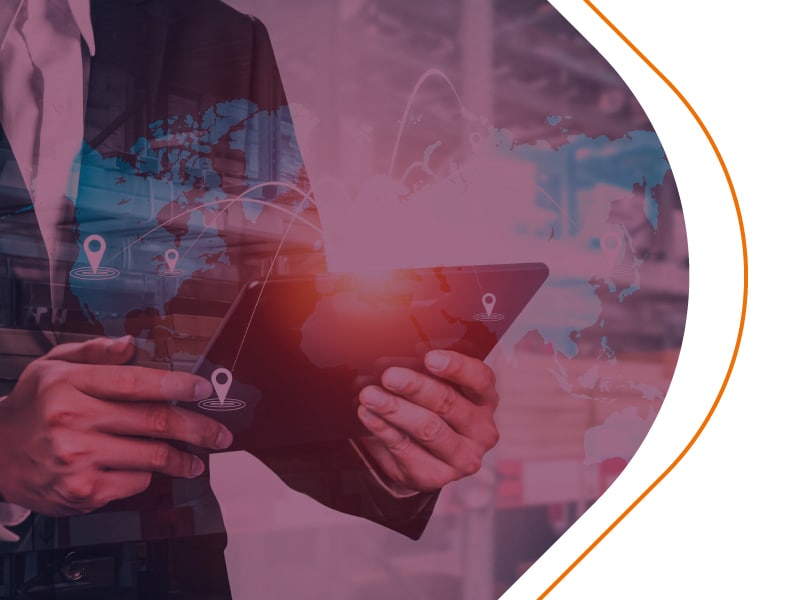Home > TradeEdge > Blogs > From Legacy to Leading Edge: AI iPaaS That Won’t Break the Bank
From Legacy to Leading Edge: AI iPaaS That Won’t Break the Bank

Table of Contents
The traditional B2B integration landscape, characterized by disparate applications, partners, and data streams, is undergoing a transformative shift. Today, enterprises are moving beyond legacy integration platforms and embracing AI-powered solutions that are scalable, flexible, and secure, reducing overall operating costs and enabling faster innovation.
However, the biggest roadblock is migrating from legacy integration platforms to modern, cloud-based, and AI-led platforms, without impacting operational efficiency, visibility, and customer experience.
What does it take to transition to a modern and flexible integration landscape? How can enterprises avoid costly software licensing and maintenance costs for legacy upgrades that usually come with no innovation? This blog explores the need for cost-neutral migration to a modern integration platform and the impact of such AI-powered integration solutions on enterprise future-readiness.
Typical Challenges in the Partner Ecosystem and Enterprise Integration
Legacy middleware and point-to-point solutions are rigid, time-consuming, and prone to errors, requiring complex workflows and substantial infrastructure. Costly, inflexible middleware and outdated EDI systems slow down innovation, impede agility, and create technological blind spots. Moreover, IT teams often spend time maintaining complex integrations, which consequently delay new partner onboarding, as well as managing existing customer change requests, leading to maintenance overheads, increased security risks, and a lost competitive edge.
With digital transformation accelerating at a rapid pace, migrating to modern integrated platforms such as Integrated Platform as a Service (iPaaS) with minimal disruption is the need of the hour.
| Inflexibility and lack of scalability | High costs | Maintenance demands | Scarcity of IT resources |
| Heterogeneity of systems and applications | Point-to-point integrations | Code-dependent data mapping and transformation | Multiple solutions for B2B and internal application integrations |
AI-Powered iPaaS: Necessity of Modern Integration
From trouble connecting disparate data sources to orchestrating business processes, enterprises today are shifting to cloud-native solutions with AI-driven features and seamless API integrations.
Modern integration encompasses cloud-ready architecture, API-driven connectivity, microservices, and real-time data synchronization. In other words, modern platforms empower businesses to carry out integrations with low-code/UI-based configurations that can be reused, eliminating the need for point-to-point integrations.
With EdgeVerve AI Next Supply Chain (TradeEdge), enterprises can transition from inflexible legacy integration systems to a modern, AI-powered platform that simplifies and streamlines the entire integration lifecycle, eliminates technological barriers, and enables building scalable business solutions for next-generation growth.
AI Components in TradeEdge Supply Chain Integration
Cognitive Connect and Mapper
These are AI-enabled automation tools that simplify and accelerate integration setup by automatically configuring connections between systems and mapping source and destination entity attributes, minimizing errors in data mapping, especially in complex B2B ecosystems.
Gen AI-Based Data Harmonization
The platform utilizes GenAI to harmonize data across disparate systems, multiple formats, and sources, including EDI, APIs, and spreadsheets. It breaks down data silos and transforms fragmented inputs into unified, actionable insights.
AI for BI (Business Intelligence)
The platform provides real-time data insights through AI-powered dashboards, enabling faster decision-making, continuous operational improvement, and enhanced visibility across partner ecosystems. AI also allows self-healing workflows, which proactively detect and resolve integration issues, reducing IT overhead.
Unstructured Data Processing
The platform utilizes Agentic AI and GenAI Copilots to interpret and process unstructured data, including emails, PDFs, and logs. These tools extract relevant information and convert it into structured formats for integration.
Advancements in integration technologies, particularly iPaaS solutions, empower businesses to overcome the challenges of legacy infrastructure and provide a range of benefits, as outlined below.
Unlocking Business Benefits with iPaas
Why Cost-Neutral Upgradation is a Game-Changer
Typical migrations are slow and expensive, locking organizations in legacy cycles. Supply Chain B2B Integration disrupts this with a frictionless, cost-neutral upgradation model that allows enterprises to migrate quickly and risk-free, with:
Embrace Seamless, Future-Ready Integration with Supply Chain B2B Integration
As an AI-powered Integrated Platform as a Service (iPaaS), Supply Chain B2B Integration delivers an intelligent, future-ready approach to enterprise connectivity and a cost-neutral upgrade from legacy platforms. With support for API, EDI, and MFT, it offers a unified environment to seamlessly connect, orchestrate, and scale digital ecosystems, while also optimizing the broader supply chain network.
At its core, Supply Chain B2B Integration employs Generative AI Copilots and Agentic AI, managing every stage of enterprise integration with advanced intelligence. The platform powers:
Learn more about EdgeVerve AI Next Supply Chain Integration a purpose-built supply chain integration platform trusted by global enterprises, and explore how businesses can move from legacy to leading edge, at neutral cost.



Possibilities Unlimited
Possibilities Unlimited
Inspiring enterprises with the power of digital platforms
More blogs from EdgeVerve →